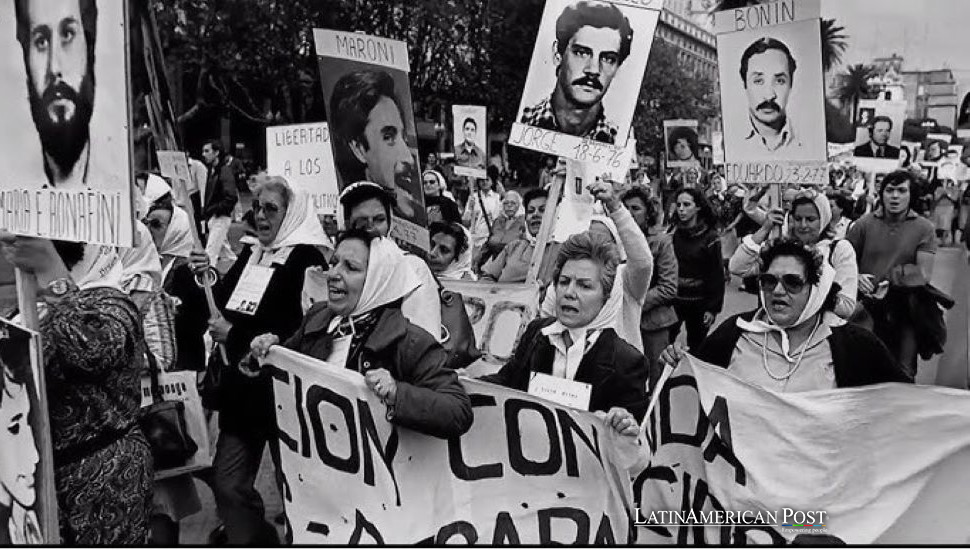Reviving Latin American Dictatorship Archives Through Technology

Historians and tech experts in Uruguay, Argentina, and Chile are working together in a collaborative effort to study millions of documents from the dictatorship era. They use artificial intelligence to help with these tasks. This new method is to change old archives into valuable tools. These tools are very important. They help with justice, memory, and learning about history.
The Intersection of Technology and Memory
In April 2024, data scientists, engineers, historians, and families of the disappeared gathered in Montevideo, Uruguay, for a groundbreaking meeting. Their shared goal was ambitious yet deeply personal: leveraging artificial intelligence to uncover truths buried in the archives of Latin American dictatorships from half a century ago. This project is not just about data, it’s about the lives and stories behind the documents.
Hosted by Uruguay’s Universidad de la República, this gathering introduced a pioneering methodology to extract and analyze information from historical documents, including the notorious files of the Organismo Coordinador de Operaciones Subversivas (OCOA). This military agency, responsible for persecuting and torturing political dissidents in Uruguay from 1972 to 1975, left behind a trove of handwritten and typewritten records, now housed in the Archivo Berrutti.
For decades, accessing and analyzing these records was laborious. Activists like Ignacio Errandonea, a Madres y Familiares de Uruguayos Detenidos Desaparecidos (Famidesa) member, spent countless hours manually reviewing microfilmed documents. Errandonea filled entire notebooks with painstakingly gathered details, yet the enormity of the task often made comprehensive analysis impossible.
Enter artificial intelligence. Computer engineer Mateo Nogueira led the team of researchers. They developed algorithms to find critical parts of the records. These algorithms identified important data like names, addresses, and jobs. Researchers customized OCR tools like Calamari to read old and difficult handwriting and faded print.
The results were outstanding. After many tests and changes, the technology reached a 95% success rate. It identified and classified parts of documents with high accuracy. Transcriptions had many errors before but then became much more precise. These archives are now accessible in new and unique ways, giving hope for the future of historical research.
Transforming Archives Across Latin America
The innovative work in Uruguay is part of a broader regional trend. Throughout Latin America, technology is breathing new life into dictatorship-era archives. At the heart of this movement is Project Cruzar, an initiative launched in 2018 by the Universidad de la República. This interdisciplinary collaboration brings students and faculty from the Faculties of Information and Communication and Engineering to systematically organize and analyze archival material.
One standout contribution comes from Gregory Randall, an engineering professor and Nogueira advisor. Randall’s students created a tool to spot unique stamps from strict authorities on official documents. Discovering these stamps allows researchers to track where specific records came from, adding more understanding to their studies.
These tools are already handy. Researchers use them to connect various documents. They discovered patterns of control that were not visible earlier. This information truly assists with current legal investigations. It helps hold wrongdoers accountable. It also brings peace to the victims’ families.
AI and Historical Justice
Artificial intelligence is not a productivity machine. It is also an aggressive justice machine. This technology cracks secrets in archives from dictatorship eras. Human rights organizations and courts use this data to investigate past crimes.
OCOA records are available, for example, now in Uruguay with little difficulty. And the adjustment is already paying dividends. And now that they have better data, families who have lost loved ones find new leads in the search for the truth. Similarly, legal teams use digitized archives to corroborate survivor testimonies and build more robust cases against former military officials.
Argentina and Chile are following suit. In Buenos Aires, the National Memory Archive is experimenting with machine learning algorithms to analyze military and police records from the Dirty War. In Santiago, Chile, AI tools are studying old documents that show how Augusto Pinochet’s regime worked.
Combining technology with memory work highlights an important truth. These digital tools are more than just local. They are models for the world. They help preserve and study historical records.
Challenges and Future Horizons
Yet, there are significant challenges. Many documents from dictatorships are in bad shape. Faded ink, torn pages, and uneven layouts make them difficult for AI tools to read. Ethical issues must also be considered. The privacy of people in these documents is important.
Researchers face another problem. The archives are massive. The Archivo Berrutti has over a million pages, and collections in Argentina and Chile are also very large. Keeping them available to scholars, activists, and the public is crucial. It needs constant spending on infrastructure and training.
Geospatial technologies bring new hope for the future. Mapping tools might show patterns of forced disappearances. They could reveal the spread of state repression in cities and rural areas. Natural language processing offers more. It helps analyze coded language and euphemisms in military documents.
Also read : Mexico’s Fight to Save Axolotls from Extinction Deepens
AI’s study of Latin America’s dictatorship archives is a key moment for memory and justice. It links past horrors with today’s technology. These efforts remember the disappearance and support accountability. They remind us of history lessons. The evolution of AI will change how we recall the past.




